If you've ever tried, and failed, to cook something, you know how disappointing it is. You might also know, especially if you've ever burned something, how smelly it can get.
But as archaeologists in Jutland, Denmark, found, this experience is nowhere near a new one. It turns out that cooks have been messing up and getting frustrated for thousands of years.
After all, ancient peoples were, in many ways, a lot like us. They wore shoes and socks, held their babies, and loved their dogs.
In a wetland area, archaeologists uncovered an intact clay pot from the Bronze Age, around 3,000 years ago. It was notable, because most pots from that period are found in pieces, and have to be meticulously reconstructed. But not this one!
What was found inside was even more incredible. At first, it looked like a crusty, yellowish foam, which head archaeologist Kaj F. Rasmussen described as "crumpy."
After a lab test, it was determined that this residue was cheese! Burned cheese, to be precise, which would have likely smelled less than appetizing.
But it does shed some light on eating habits from long ago, and it shows us that no matter the time period, it's super annoying to burn your meal.
[H/T: NPR, Metro, ScienceNordic]
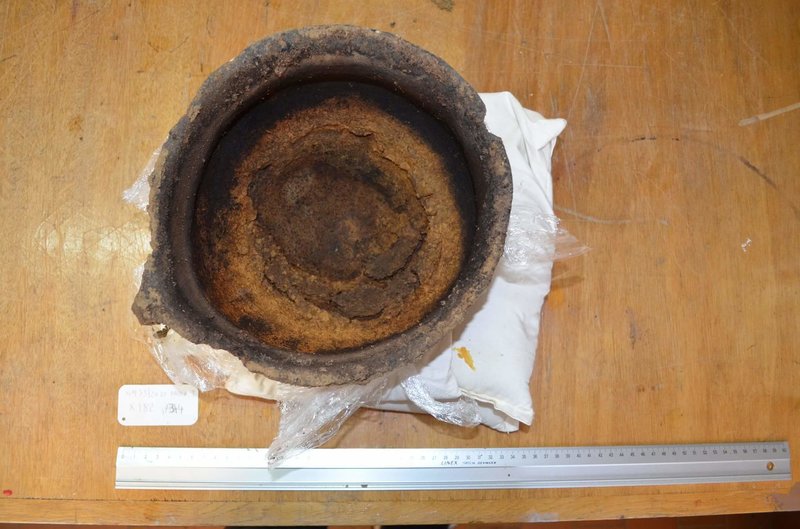
This clay pot from Jutland, Denmark, is around 3,000 years old, but it still shows the remains of burned cheese scorched on the bottom.
The burnt cheese would have pretty much ruined the pot, and so archaeologists think the frustrated cook simply tossed the whole thing away.
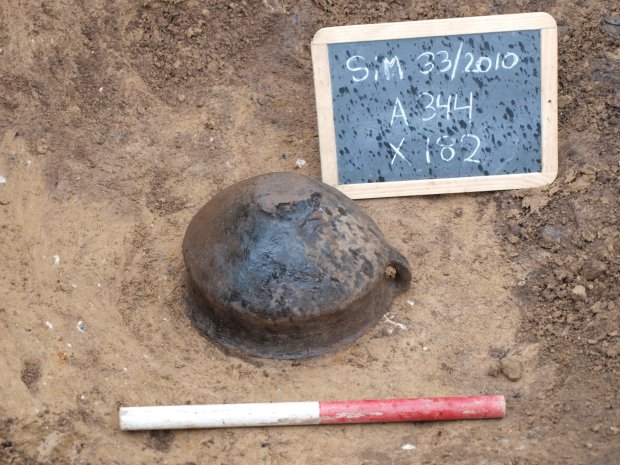
Thanks to the clay it landed in, the ancient cheese was so well-preserved. Oxygen couldn't get in to break down the organic materials.
That's why scientists today are able to tell that it's cheese made from cow's milk, and was probably somewhat similar to today's myseost, a sweetish brown cheese popular in Norway.
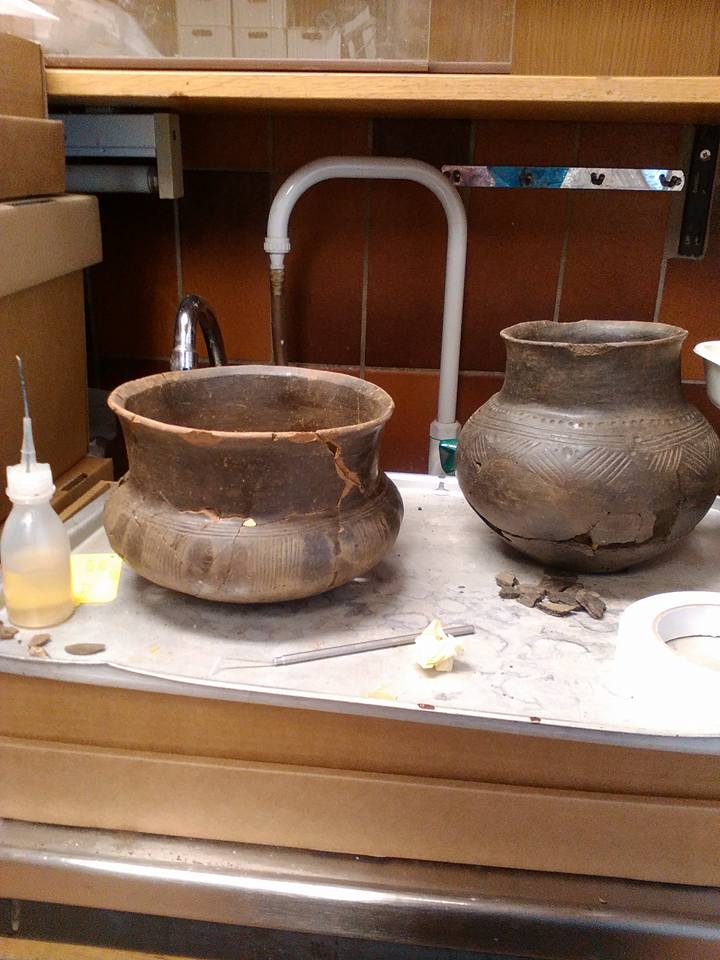
Most pots from the time period are found in pieces and then reassembled in the lab, like these pictured above, according to Rasmussen. That's because people wouldn't toss their pots unless they broke.
But this pot, he said, was thrown away whole, likely because of the cooking accident.
"We all know what happens when you overheat normal cheese in the oven — it stinks like you wouldn't believe," he says. "My guess is that this vessel was smoking and stinking the place up, so somebody had to get rid of it."
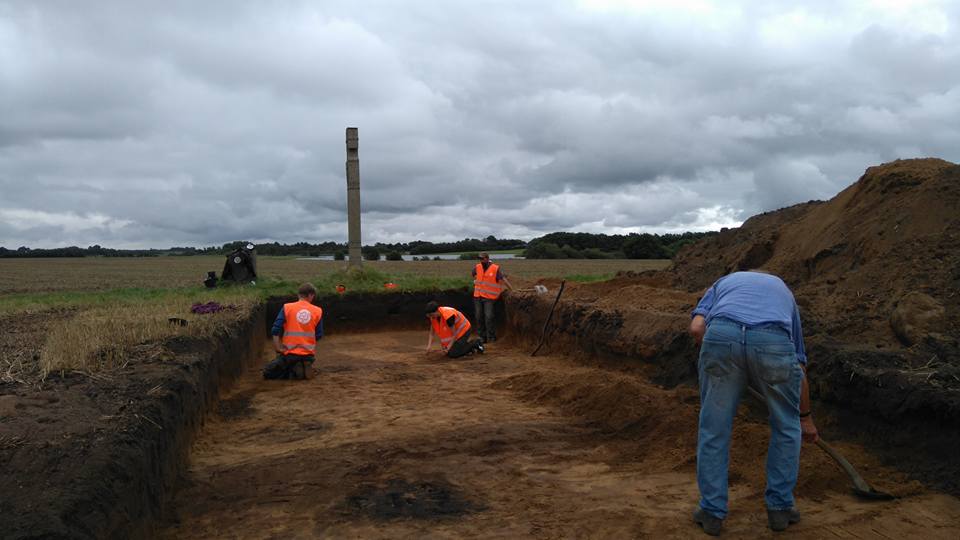
Rasmussen works for Denmark's Silkeborg Museum, which specializes in uncovering and preserving Danish culture and history. Denmark's rich ancient past is continuously being rediscovered, thanks to their archaeologists.
Denmark's bogs preserve things exceptionally well, and that's why so many amazing things have been found.
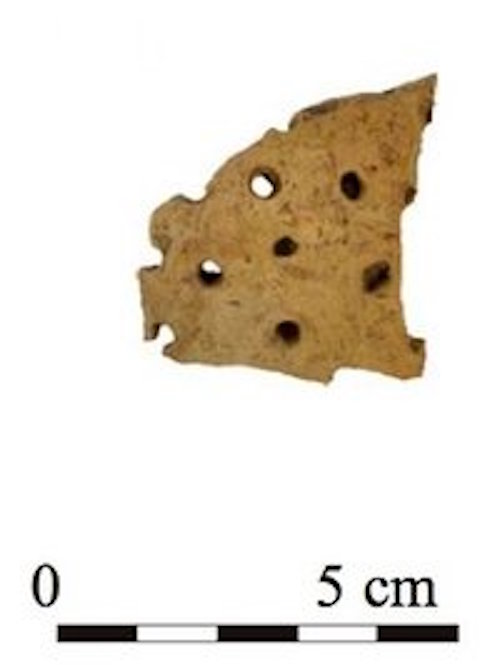
It's no secret that everybody likes cheese. Back in 2012, archaeologists discovered that people in Northern Europe have been making cheese for 7,000 years!
Pottery shards, like the one above, were used to create cheese, which would have been a major staple in the diets of the time, and made hard-to-digest cow's milk easier to eat.
The holes in the clay were used during the straining process.

People still make cheeses in this traditional way. But luckily, we have pots that are easier to clean if we burn it!
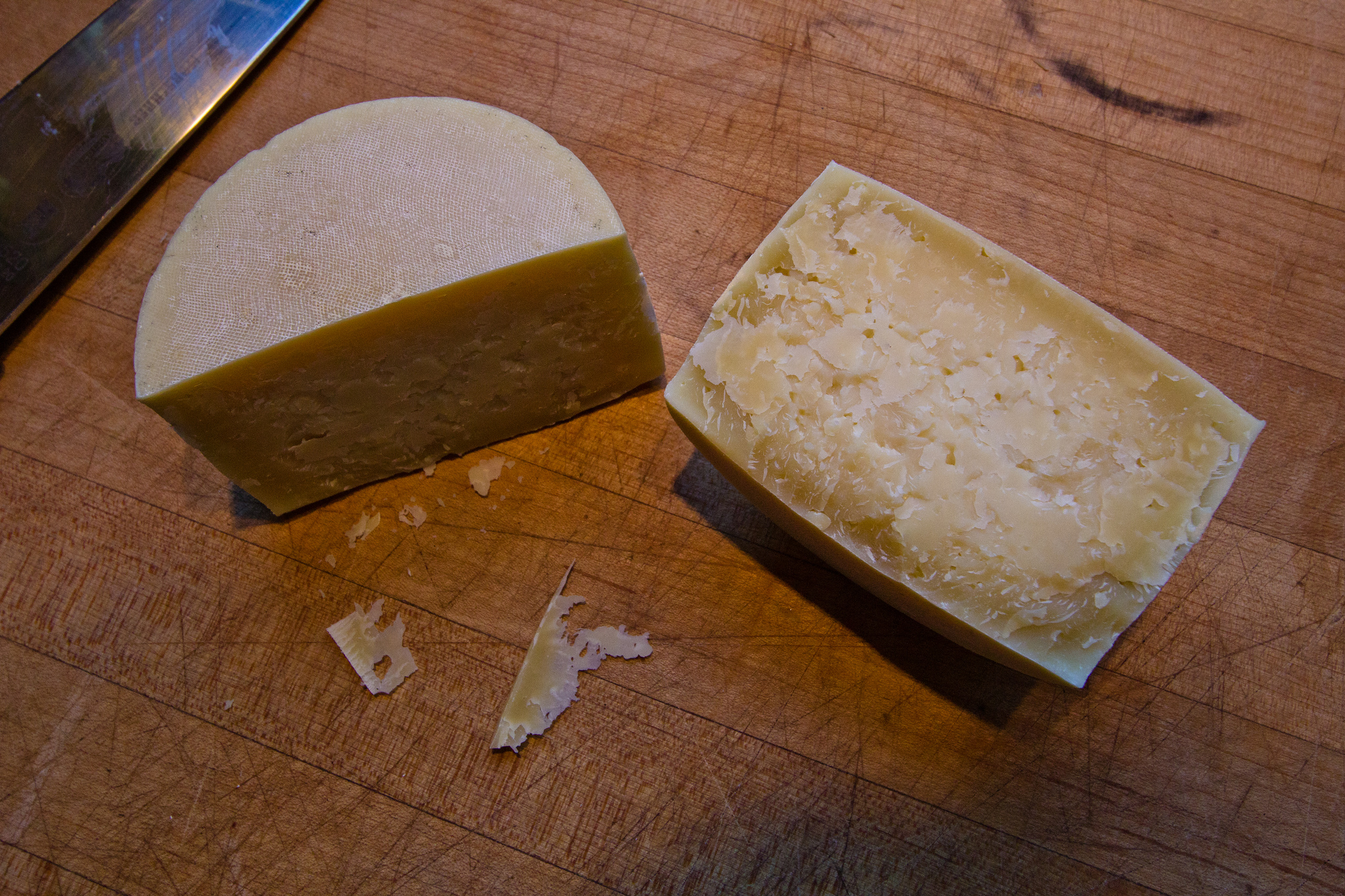
The burned cheese also excites imaginations. What happened? Was it someone new at cheesemaking? Did they get distracted?
Rasmussen has similar questions. "Were there any hard feelings over the missing cheese? Perhaps there was a little family drama?" he wonders.
But now we know that even 3,000 years ago, people had their fair share of cooking fails.
SHARE this ancient blunder with your friends, and tell us about your most famous cooking mishap!




